-
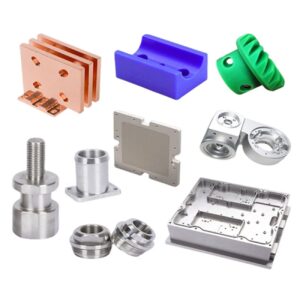
Precision CNC Machining: Advanced Manufacturing Solutions for Demanding Industries CNC machining represents a sophisticated approach to modern manufacturing, where pre-programmed computer software directs industrial equipment with exceptional accuracy. Specifically, this technology operates diverse machinery—from precision grinders and lathes to advanced mills and routers—executing complex three-dimensional cutting tasks through optimized command sequences. Key Advantages of Our CNC Machining…
-
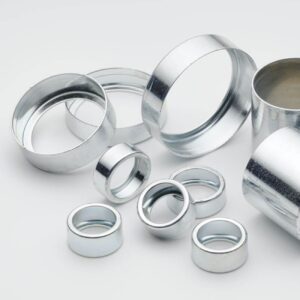
Precision Deep Drawing Services for Complex Metal Components Deep drawing represents an advanced sheet metal forming process where a metal blank is radially drawn into a forming die through the precise mechanical action of a punch. This sophisticated shape transformation technique maintains material integrity while creating deep, seamless components. The process qualifies as “deep drawing”…
-
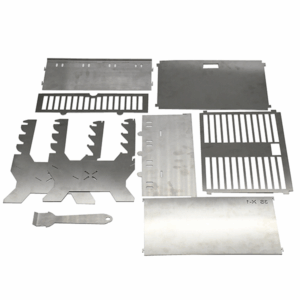
Precision Laser Cutting Services for Industrial & Creative Applications Laser cutting represents an advanced manufacturing technology that employs high-power lasers guided by precision optics and computer numerical control (CNC) systems. This sophisticated process utilizes a motion control system that accurately follows CNC or G-code patterns to cut intricate designs into various materials with exceptional precision….
-
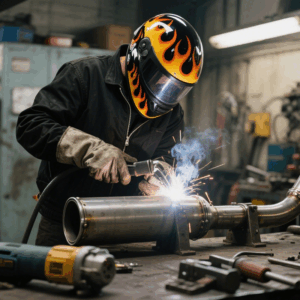
What Is Welding? Welding is a specialized process that joins two pieces of metal together by melting and fusing them. Unlike fabrication, which covers a broader range of activities, welding specifically deals with bonding materials to create a unified structure. There are many welding techniques, each serving unique purposes. MIG (metal inert gas) welding is…
-
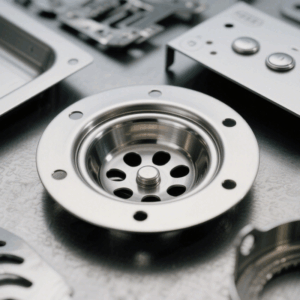
What is Metal Stamping? Metal stamping is a high-volume, high-efficiency manufacturing process that transforms flat sheet metal (steel, aluminum, brass, etc.) into precise, complex components. Using specialized tooling called stamping dies and powerful presses, the process performs cutting, bending, punching, embossing, and forming in rapid succession – often completing parts in seconds. Why Industries Rely on Stamping:…
-
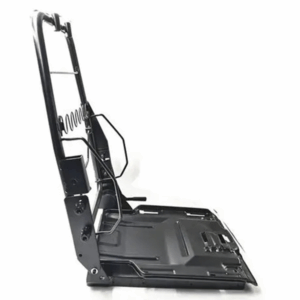
Sheet Metal Fabrication Services – Precision Metal Manufacturing Solutions Sheet metal fabrication is a comprehensive manufacturing process that transforms raw metal sheets into precisely formed components through specialized techniques. This sophisticated process typically involves multiple crucial stages – beginning with precision cutting and CNC bending, progressing through professional surface treatment, and concluding with accurate assembly….
-
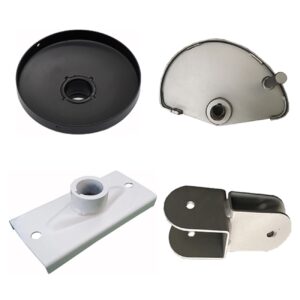
Precision Welding Services for Industrial Applications Our welding services provide essential metal joining solutions for industrial manufacturing needs. This fundamental process creates permanent, high-strength connections between materials—primarily metals and thermoplastics. Through precise heat application and material fusion, our precision welding services effectively transform separate components into unified structures with exceptional durability and reliability. Technical Excellence in Our Solutions Our team employs…








